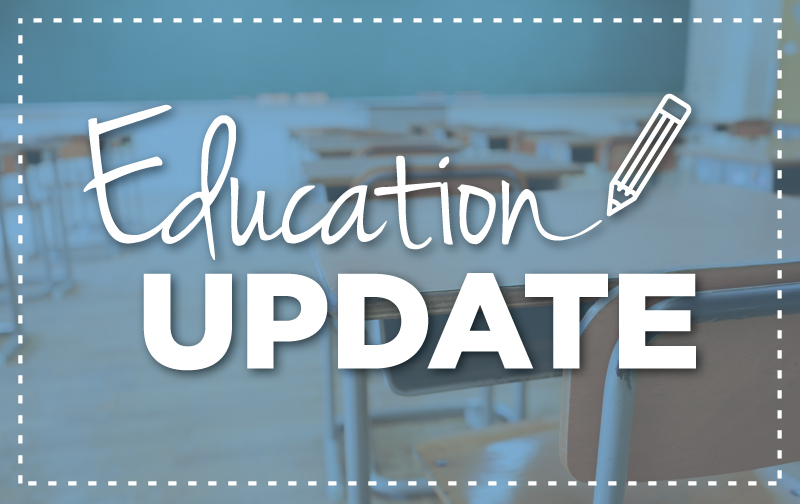The Ohio House and Senate are advancing two competing plans to address Ohio’s private school voucher explosion, but without a fix, some lawmakers will feel acute pain as their local schools see funding losses skyrocket.
Without action, the impacts on local school districts could be catastrophic.
Thanks to years of policy changes expanding eligibility for vouchers, the scope of the problem continues to grow, with local public schools set to lose $62 million more to private school vouchers this year alone. As the two plans to address the crisis are debated at the statehouse, it’s important to understand just how much of an issue this could become for lawmakers considering these changes.
Without action, the impacts on local school districts could be catastrophic. Next year the number of local school buildings where students would be eligible to take a voucher to attend private schools is set to skyrocket:
| 2019-2020 | 2020-2021 | |
| Public school buildings affected by voucher losses | 483 | 1,221 |
Districts statewide will be affected, but some lawmakers see more impacts than others.
For example, State Sen. Tim Schaffer, R-Lancaster, would see the number of public school buildings in his district eligible to lose students to private school vouchers rise next school year by 53 from 11 to 64.
Likewise, state Sen. Jay Hottinger, R-Newark, would see the number of buildings losing students (and funding) to vouchers jump from 9 to 58.
Top Ten Senate Districts Impacted By Rise In Voucher Eligibility:
| Senator | 2019-2020: Buildings eligible | 2020-2021: Buildings eligible | Change in number of eligible buildings |
| Tim Schaffer | 11 | 64 | +53 |
| Andrew Brenner | 90 | 142 | +52 |
| Tina Maharath | 97 | 148 | +51 |
| Jay Hottinger | 9 | 58 | +49 |
| Bob Peterson | 14 | 62 | +48 |
| Frank Hoagland | 9 | 56 | +47 |
| Terry Johnson | 5 | 49 | +44 |
| Dave Burke | 18 | 59 | +41 |
| Rob McColley | 5 | 45 | +40 |
| Theresa Gavarone | 40 | 78 | +38 |
These exponential increases are thanks to a recent change in how the state assigns report card grades to school buildings that even the legislature’s top voucher proponent, State Sen. Matt Huffman, R-Lima, has called “arbitrary.” In 2011, Huffman wanted to turn the entire EdChoice voucher program into an income-based voucher program, not unlike what House Speaker Larry Householder passed last week in House Bill 89.
“It should be based on need and ability to pay, not some arbitrary standard,” he said during his 2011 press conference about his House Bill 136 that would have created the statewide, income-based voucher program.
If nothing is done to fix this crisis over the next few weeks, Huffman’s Senate colleagues – many of whom represent rural districts – will have to explain to their constituents why they approved increasing the number of buildings eligible to lose state funding to private school vouchers by as much as 800 percent.
Huffman is also in line to be the next Senate President.


